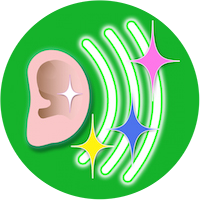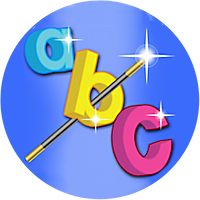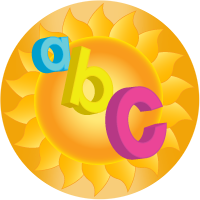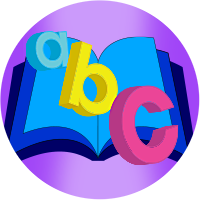Using Confusing Methods When Training Children to Read

Teaching too much at a time or teaching can confuse children. The best way to help children learn how to read is to present one skill at a time in a logical sequence. Isolate and concentrate on the point of learning.
Presenting lessons to children that contain too much information or are too advanced for their cognitive skills is an educational “TMI” (too much information). This can create confusion for children. Instead, it’s better to isolate the difficulty or concept you are teaching. Isolating a difficulty requires teaching one skill at a time. This can be difficult with the English language because of its complexity. Fortunately, here at Preschool University, we’ve figured it out.
The English language has 26 letters, 40-44 speech sounds (depending on whom you ask), and more than 70 common ways to spell those sounds. Therefore, teaching English requires a deliberate sequential plan of action to ensure clear, effective learning.
It’s “TMI” for Me!
Six examples of giving beginning readers too much or confusing information:
1. Introducing the child to the letter a and saying, “This is the letter ‘a.” It usually says /a/ like ‘apple,’ ‘ax’ and ‘alligator.’ It can also say /ā/ like ‘ape’ or /ô/ like ‘walk’ or /ə/ at the end of ‘umbrella.”
2. Telling an emerging reader how a speech sound can be represented in six different ways, “The sound /ā/ can be written as “ai” as in “maid,” “ay” as in “play,” “eigh” as in “eight,” “ea” as in “break,” “a” as in “make, with silent final e,” and even by “ei” as in “vein.”
3. Teaching the uppercase name of the letter “A” before teaching the sound of the letter “a.” This is in the top three mistakes when teaching reading skills to young children.
4. Saying, “This letter ‘a’ says ‘a’ like ‘apple.'” This is teaching about four things at once: the name of the letter, the symbol of the letter, the sound of the letter, and how “apple” has an “a” sound at the beginning. It’s much more effective and focused to say, “/A/ /a/ apple,” as an auditory phrase.
5. Teaching early phonics methods in manners such as: “i” is for “ice cream” or “a” is for “acorn.” In this example, the name of the letter is used, and the most commonly occurring sound of the letter is not used.
6. Using words with two consonants to teach beginning sounds of words, such as “frog” or “tree” instead of using “fog” or “tee/tea.” It is ideal to start with words that have a vowel after the initial consonant.
Clear Instruction!
Six examples of giving beginning readers precise information:
1. “Can you hear the /a/ in ‘apple’?”
2. “Do you hear /b/ or /a/ in the word ‘apple’?”
3. “This letter (a) says /a/.”
4. “This letter (a) says /a/.”
5. “Can you say /A/ /a/ apple.”
6. “Do you hear /b/ or /z/ in the word ‘ball’?'”









